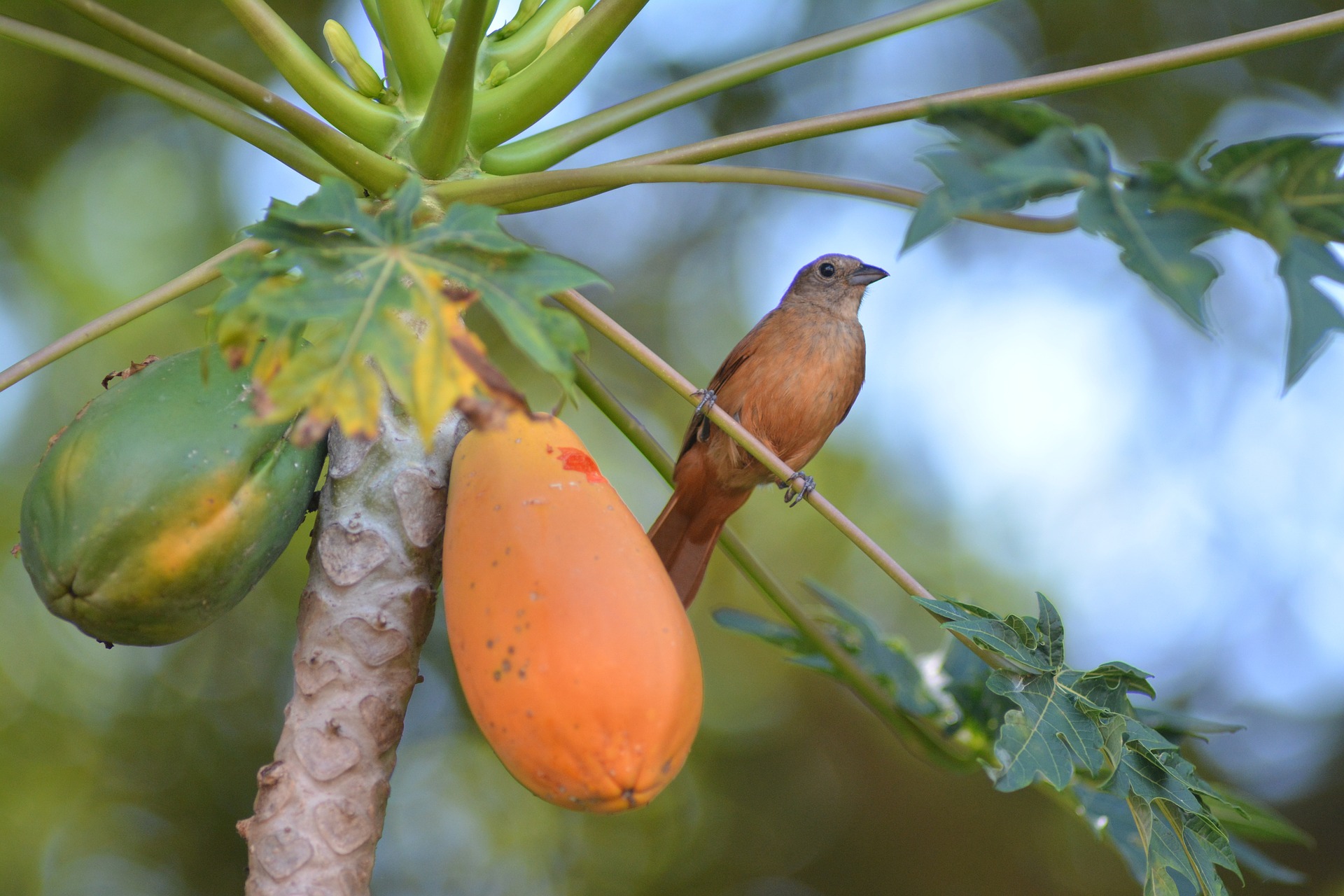Papaya: how and why we plant it
Nov 25, 2021 | written by: Lara Zambonelli
Make yourself comfortable: today we tell you about the origin of the papaya, its botanical characteristics, and the benefits it can bring to people who care for it.Once upon a time, there was a single father who couldn’t sleep.
He lay awake, his eyes staring into the darkness, wondering how he was going to feed his son the next day. One night, the man had a dream. He dreamt that a tree stooped down to his window and told him: “I am his missing mother. The child will live if you feed him my fruit”. And so it proved. The tree’s generous gift brought salvation to the man and his son.
Since the child’s mother was named Papay, the villagers began to call the tree Papaya. And they began to cultivate it.
The richness of papaya
The story you’ve just read is a Philippine legend about the origin of Carica papaya (to use its botanical name). But it could equally be a story about what’s happening today.
Papaya is just one of the fruit trees we include in our agroforestry projects, but it is one of the most popular trees among local farmers because it enriches both their diet and their income.

Rich in vitamin C, the enzyme papain, polyphenols, flavonoids, alkaloids, tannins and saponins (in the seeds), papaya is one of the best foods around for boosting the immune system and fighting disease and infection. What's more, it's delicious and versatile: in different countries it’s eaten raw, boiled, baked, cooked into chutneys and jams, or added to vegetable soups.
Maya and papaya
Papaya is an important fruit from an economic perspective and is widely grown and traded throughout the world. And it has been for a long time!
A genetic study of papaya sex chromosomes has revealed that the hermaphrodite version of the plant is the product of human selection, most likely by the ancient Maya some 4,000 years ago.
Hermaphrodite trees have both male and female reproductive organs on the same flower. This makes them capable of self-pollinating and producing fruit in as little as 18 months, so it’s no wonder they’re a favourite among farmers.
We also plant papaya trees with these characteristics, because we want our projects to bring economic as well as environmental benefits. To plant with us, just click here.

